Himugso Heritage Feature
Along with the old houses, street names and landmarks which have become a part of the heritage of Cagayan de Oro, are some trees and their fruits which seem to have inexplicably disappeared over time.
Two trees which have figured prominently in the culture and heritage of Cagayan de Oro are the Lambago and Kayam.
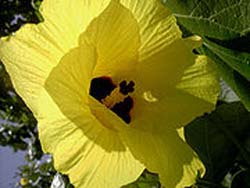
“Our place was once known as Kalambagohan because of the abundance of lambago,” Roy Gaane, president and founder of Kagayanon International, recalls. The Lambago tree (Hibiscus tiliaceus) is a member of the Malvaceae tree family that thrives in low altitude areas like seashores, riverbanks and other areas reached by tidal streams.
Long-time resident Titus Velez reminisces how the lambago produced a yellow flower with some red stripes. As the day came and went, the flowers deepened to orange and then to red before falling off. The branches of the tree would bend over time and the wood has been used for boats, firewood, wood carvings and many other uses. It has also been used by Hawaiian Polynesians to make rope.
“They serve as anti-erosion sa mga riverbanks, trapping silt during the seasonal floods of the Cagayan River,” Velez said. “We use to climb this tree from on tree to another. Kasi almost interlocking ang mga branches. The branches are also very flexible and strong even the small ones. We also use the branches as an improvised diving board. During summer we would enjoy its shade.”
“Under the tree we would cook banana with ginamos and a bottle of coke. We could sleep in the branches while bringing the old transistor radio (the ones with Nora Aunor’s face on the dial), while listening to dramas from DYHP. We also fly out kites there, well actually on a small clearing besides the trees,” he added.
“Those were the days. The last lambago I saw was along Iponan river but it’s not there anymore. I’m not sure if there are still lambago if we go upstream. I think it is a victim of rapid urbanization.”
On the other hand, the Kayam was better known to elder Kagay-anons for its nut which was a popular delicacy during their childhood days in the city.
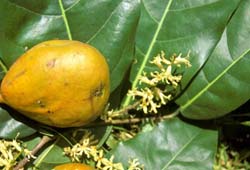
“I remember that my mother had a suki who would deliver cooked or boiled kayam to the house,” wrote Wendy Ramos-Garcia in her reminisces entitled Memories of the Old Hometown. “I haven’t seen kayam for a long, long time now.”
“It tastes like castañas (chestnuts) except it is bigger,” Gaane said. “ You can look it up in Google under the name of Tahitian Chestnut or Polynesian Chestnut.”
The tree was even linked in popular culture to one of the city’s barangays.
“When I was still in grade school, there were kayam trees in Consolacion, then known as the red light district of Cagayan,” Gaane said. “When men who patronized the district were asked where they had been, they would say, Nang kayam ‘mi . It became notorious and that was probably why the trees were cut.”
Gaane also recalls other fruits of his childhood in Cagayan de Oro but which are now hard-to-find.
“There was the alubijid tree once found by the side of the Provincial Capitol,” he said. “Its fruit is evergreen and its seed is hairy like that of the siniguelas except that the alubijid is round and big as a tennis ball. It probably can still be found in the town of Alubijid. It’s crunchy like an apple, green, with hairy kernel. Just like the pangi fruit which was once found in Barangay Tagpangi. It must still be there,” he added.
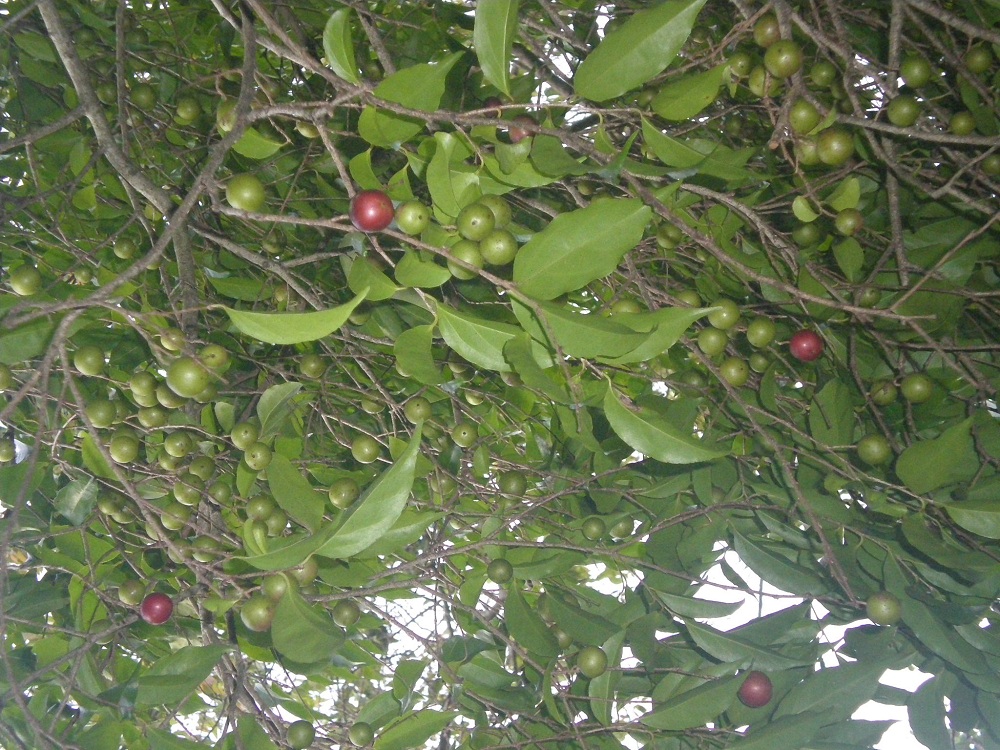
Gaane also recalls a fruit better known as the cherry which was brownish and about the size of lanzones. “There used to be a tree at the Kempski compound that later became Rizal Theatre. Being a family friend, I used to get my cherries there.”
When he was a grade schooler in Ateneo de Cagayan (now better known as Xavier University), Gaane said he was a patron of the cherries which used to be sold by the Neri’s who had a property right next to the old gymnasium.
“I remember that cherry tree which belonged to the family of Luisito Neri,” Ramos-Garcia said. “It was delicious but the tree was full of thorns.”
Jazmin Ramos-Sumalinog, eldest daughter of former Pilgrim Institute High School Principal Severino Ramos recalls they used to have a cherry tree in their front yard.
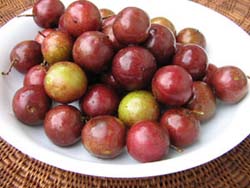
“Didto mi sa taas sa cherry pirmi magsaka to get the dark plum-colored ones. Daghan gusto mopalit when the fruits look so tempting to passersby,” she said. “Dante, Bobom, Totic and myself agreed to own part of the tree as our respective branches, so that we get fruits only from our assigned branch. Nakaka miss !”
“The cherry is known as cereales in Davao and serali in the Visayas,” said Sylvia Aguhob, a food tech faculty from Xavier University’s College of Agriculture. She said many of the trees still line the pathway in the car park of the now cloistered Southeast Asian Rural Social Leadership Institute (Searsolin) at the Manresa campus of XU.
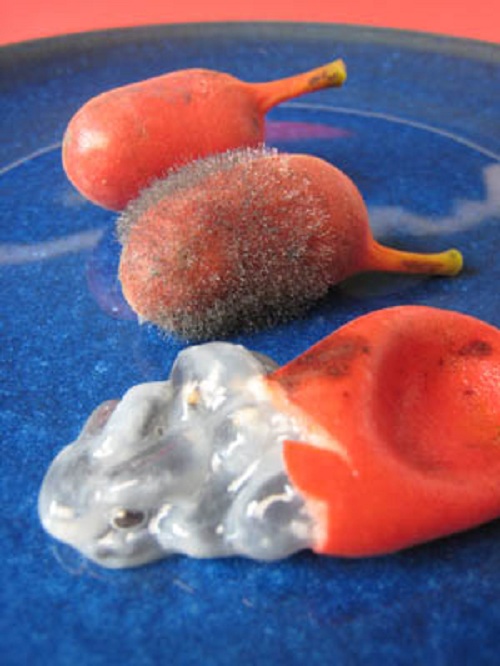
Another fruit which was once abundant in Carmen in what is now the Golden Village was the songsong kabaw . “When ripe it is red and hairy like the mabolo but you only eat its flesh like the mangosteen,” Gaane recalls. Like the cherry, he said he hasn’t seen one since his high school days.
This is a very interesting read, it’s kind of sad that there has been a decline of these iconic trees. I hope conservation and tree planting efforts are made.